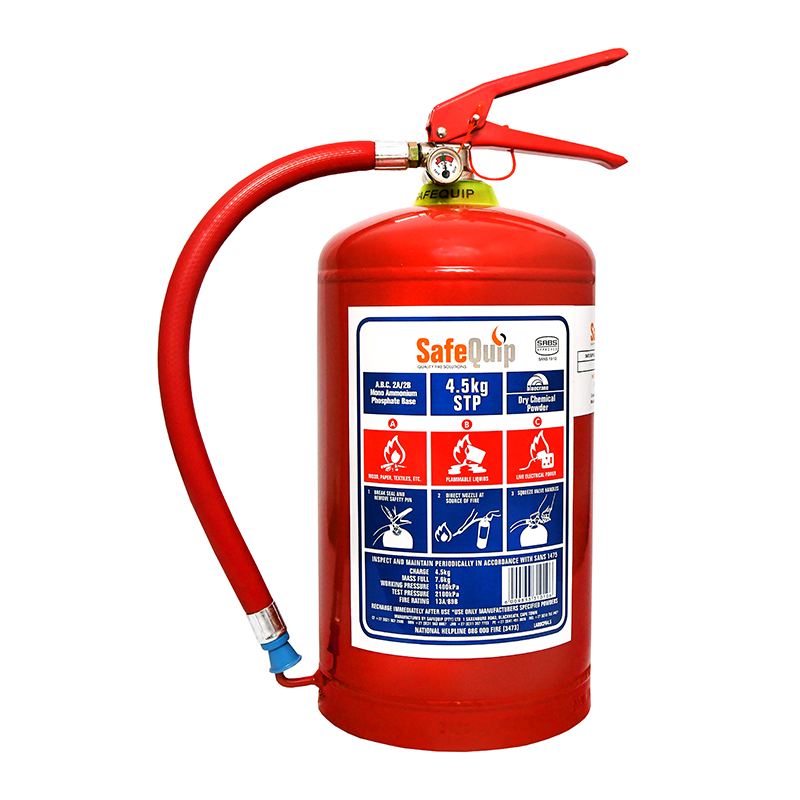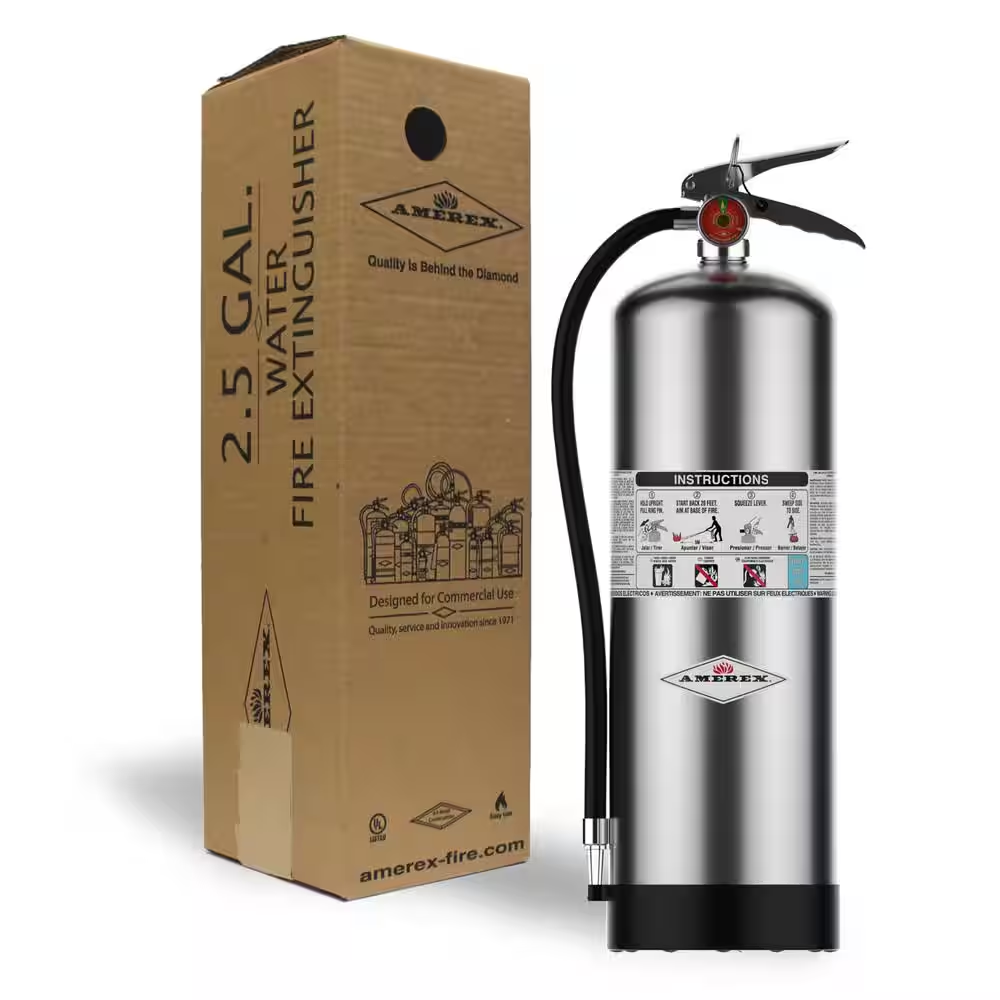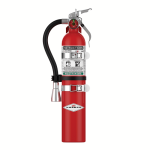Having a fire extinguisher in your home or workplace is crucial for safety, but it’s not enough to simply own one. Regular inspections are vital to ensure that your extinguisher is functional and ready for use in an emergency. Preparing for your fire extinguisher annual inspection involves more than just booking the appointment. It requires proactive measures to check the extinguisher’s condition and functionality. This guide will walk you through the key steps to effectively prepare for your fire extinguisher annual inspection, ensuring that you maximize safety.
Understanding the Importance of Inspections
Safety First: Why Inspections Matter
Fire extinguishers are your first line of defense in the event of a fire. However, a non-functioning extinguisher can lead to disastrous outcomes. Annual inspections help identify any potential issues, including leaks, corrosion, or expired contents, allowing for timely repairs or replacements. By committing to regular inspections, you enhance your safety and that of your loved ones or employees. It also brings peace of mind knowing that you’re taking the necessary steps to prepare for emergencies.
Compliance with Regulations
Many industries are subject to strict safety regulations that mandate regular inspections of fire extinguishers. Compliance with these regulations not only enhances safety but protects your business from potential legal penalties. Keeping records of inspections is essential, as they can be requested during audits or safety inspections. Understanding the legal requirements and ensuring compliance through regular inspections demonstrates that you prioritize safety and responsibility in your environment.
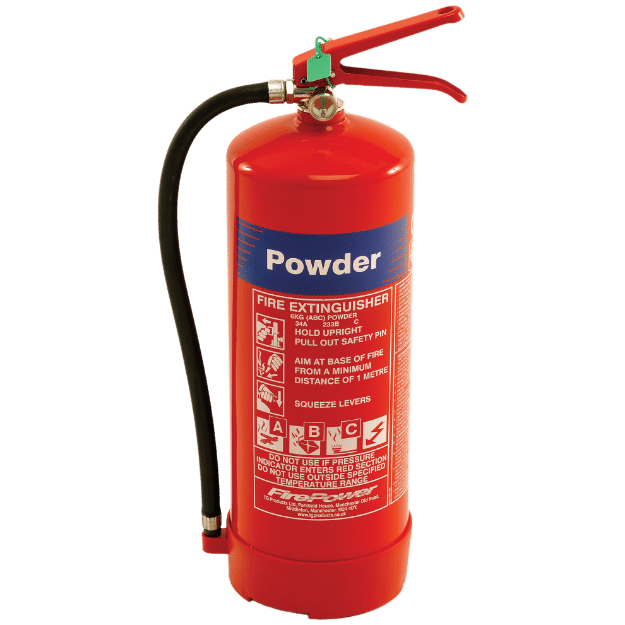
Check Manufacturer Recommendations
Review the Manual
Before your inspection, it’s crucial to consult the manufacturer’s manual that came with your fire extinguisher annual inspection. Each extinguisher has specific maintenance guidelines, which include inspection intervals, maintenance practices, and conditions that necessitate servicing. Familiarizing yourself with these guidelines helps you to understand what checks are required and prepares you for any questions you might have during the annual inspection.
Know Your Extinguisher Type
Different types of fire extinguishers (e.g., water, foam, dry chemical, CO2) have varying maintenance and inspection requirements. Understanding the specific type you own will help you focus on the issues pertinent to that device. If you have multiple extinguishers of different types, make sure you know which is which and prepare accordingly. This knowledge plays a vital role in ensuring that all extinguishers are adequately inspected and maintained.
Conduct a Preliminary Inspection
Visual Inspection Checklist
Prior to your official inspection, conduct a visual examination of your fire extinguisher. Check for obvious signs of wear or damage, including dents, rust, or corrosion. The pressure gauge should be within the green zone, indicating proper pressure levels. Make sure that the nozzle isn’t clogged and that the safety pin is in place. This preliminary checklist allows you to assess the general condition of your extinguisher and catch potential issues early, making your inspection smoother.
Confirm Accessibility and Location
Ensure that your fire extinguisher is easily accessible and properly located. It should be stored in a visible area that is free of obstructions. Familiarize yourself with its location and ensure that others in your household or workplace do as well. During the inspection, you might be asked about the placement of the extinguisher, so knowing its position will enhance your preparedness and demonstrate adherence to best practices in safety.
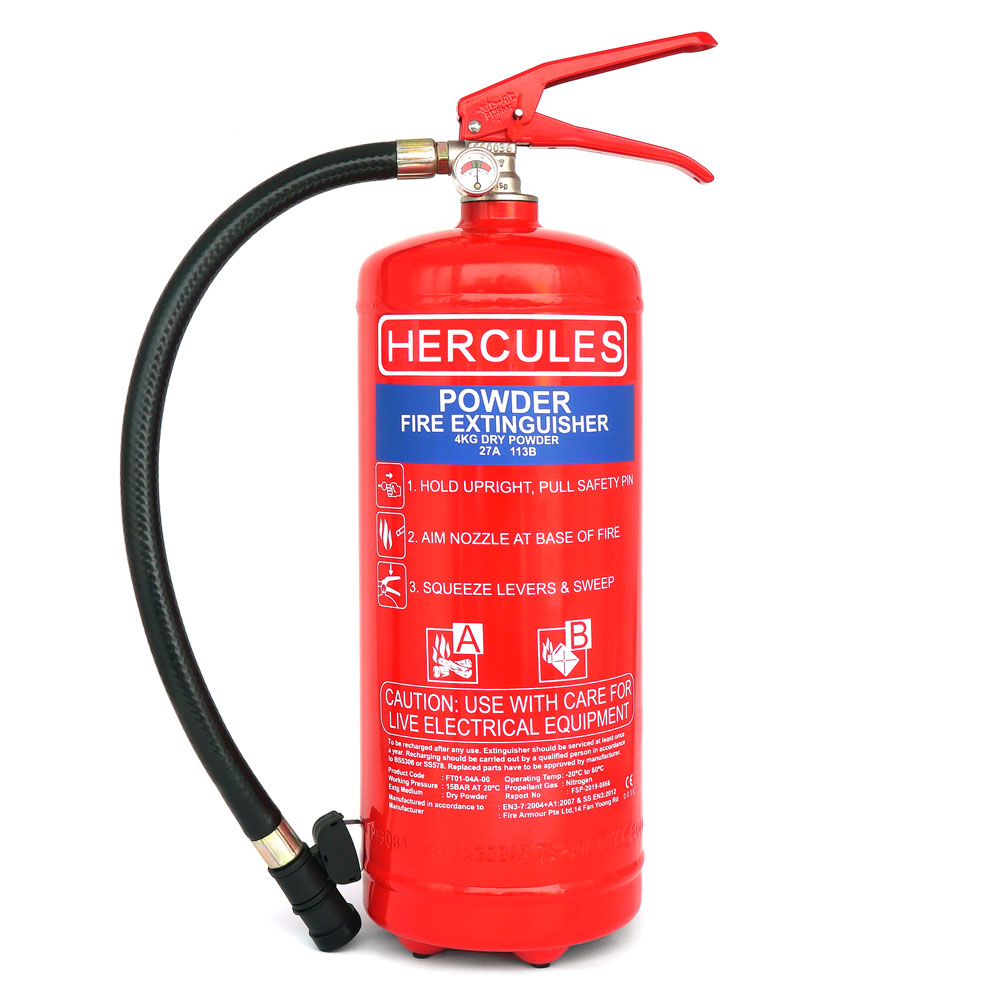
Cleaning and Maintenance
Dust and Debris Removal
Before your inspection, take the time to clean your fire extinguisher. Dust and debris can obstruct the nozzle or affect the material, jeopardizing its functionality. Use a damp cloth to wipe down the entire unit, particularly focusing on the nozzle and other critical components. This step not only keeps your extinguisher looking presentable but also ensures that potential blockages are addressed in advance, allowing for proper functionality during emergencies.
Check Attachments and Labels
Inspect any attachments, such as wall brackets or mounting devices, to ensure they are securely fastened. The maintenance label should also be legible, showing important information and inspection history. If any label is faded or missing, consider replacing it before the inspection. Proper labeling encourages accountability and helps inspectors review the extinguisher’s maintenance history readily.
Gather Necessary Documentation
Maintenance and Inspection Records
Having organized records of past inspections, maintenance, and service history is crucial. If you’ve undergone any repairs or replacements, document these and have them available for review during the annual inspection. This history not only provides a comprehensive view for the inspector but also helps you track any recurring issues.
Manufacturer and Warranty Information
Compile any relevant warranty and manufacturer information that came with your extinguisher. If you have questions or concerns about the device during the inspection, being able to consult the original paperwork can clarify warranty coverage and service requirements. This effort helps ensure that you maximize the performance and longevity of your fire extinguisher.
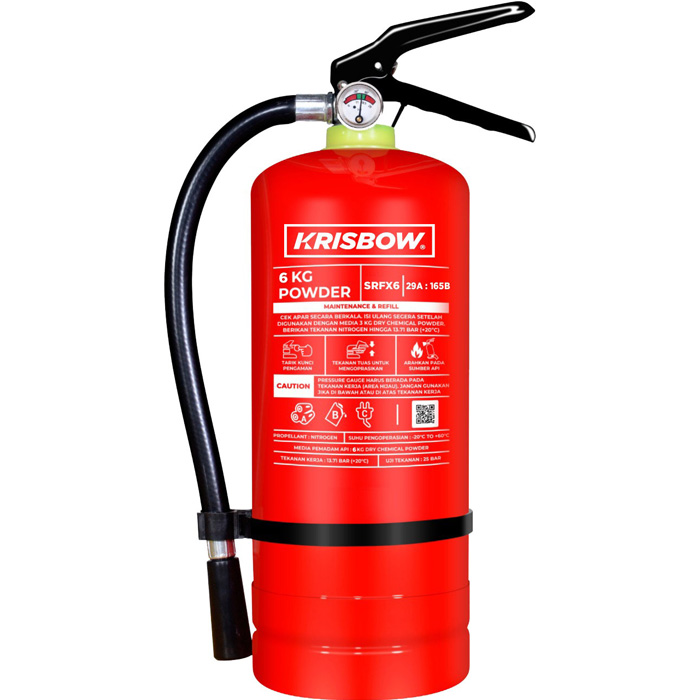
Plan the Inspection Appointment
Schedule Ahead of Time
Don’t wait until the last minute to schedule your annual inspection. Contact a certified inspector well in advance to secure an appointment. Many companies have busy schedules, particularly during certain seasons. Planning ahead allows you to choose a time that works best for you, ensuring you’re not rushed in your preparation.
Communicate Your Needs
When scheduling your appointment, communicate any specific concerns or issues you may have noticed during your preliminary inspection. This information will help the technician prepare and bring necessary tools for resolution. A proactive approach ensures that all issues are addressed thoroughly and may expedite the inspection and service process.
Post-Inspection Follow-Up
Understand the Results
After the inspection, take the time to fully understand the results. If any repairs or replacements were made, ask the technician to explain what was done and the reasoning behind it. This knowledge is essential for future reference and underscoring the importance of ongoing maintenance. Knowing the current status of your fire extinguisher deepens your understanding and increases your commitment to keeping it operational.
Schedule Future Inspections
Finally, make a note of when the next inspection is due. Keeping a calendar reminder or setting a recurring event can help ensure you never miss an important date again. Staying ahead of maintenance and inspection dates will keep your fire extinguishers up to code and functioning properly, reinforcing a strong commitment to the safety of your home or workplace.
Additional Tips for Fire Safety
Educate Your Household or Employees
Ensuring that your fire extinguishers are functional is just one part of a comprehensive fire safety plan. It’s equally important to educate everyone in your home or workplace about fire safety protocols. Conduct regular training sessions to familiarize them with using a fire extinguisher. Teach them the PASS technique—Pull, Aim, Squeeze, and Sweep—so they feel confident and prepared in case of an emergency. Knowledge can make a significant difference in how individuals respond during a crisis, affecting both personal safety and property damage.
Conduct Regular Fire Drills
Implementing regular fire drills is another crucial component of your fire safety strategy. Drills help everyone understand escape routes and familiarize them with the sound of smoke alarms. This practice also reinforces the importance of having fully operational fire extinguishers at the ready. If everyone knows where the fire extinguishers are located and how to use them, your team or family can respond more effectively should a real emergency arise. Prioritizing ongoing education and training fosters a culture of safety that can significantly impact how well individuals react during a fire-related emergency.
Prioritize Your Safety
Preparing for your fire extinguisher annual inspection should be viewed as a proactive effort in ensuring safety. By following the steps outlined above, you can enhance your preparedness and feel confident that your fire extinguisher is ready for anything. Proper preparation not only maximizes the functionality of your equipment but also instills a sense of security within your environment. Regular inspections are not just a legal requirement; they are essential for the safety and well-being of everyone around you. Make annual inspections a priority, and you’ll be taking an essential step in safeguarding your home or business against fire hazards.
